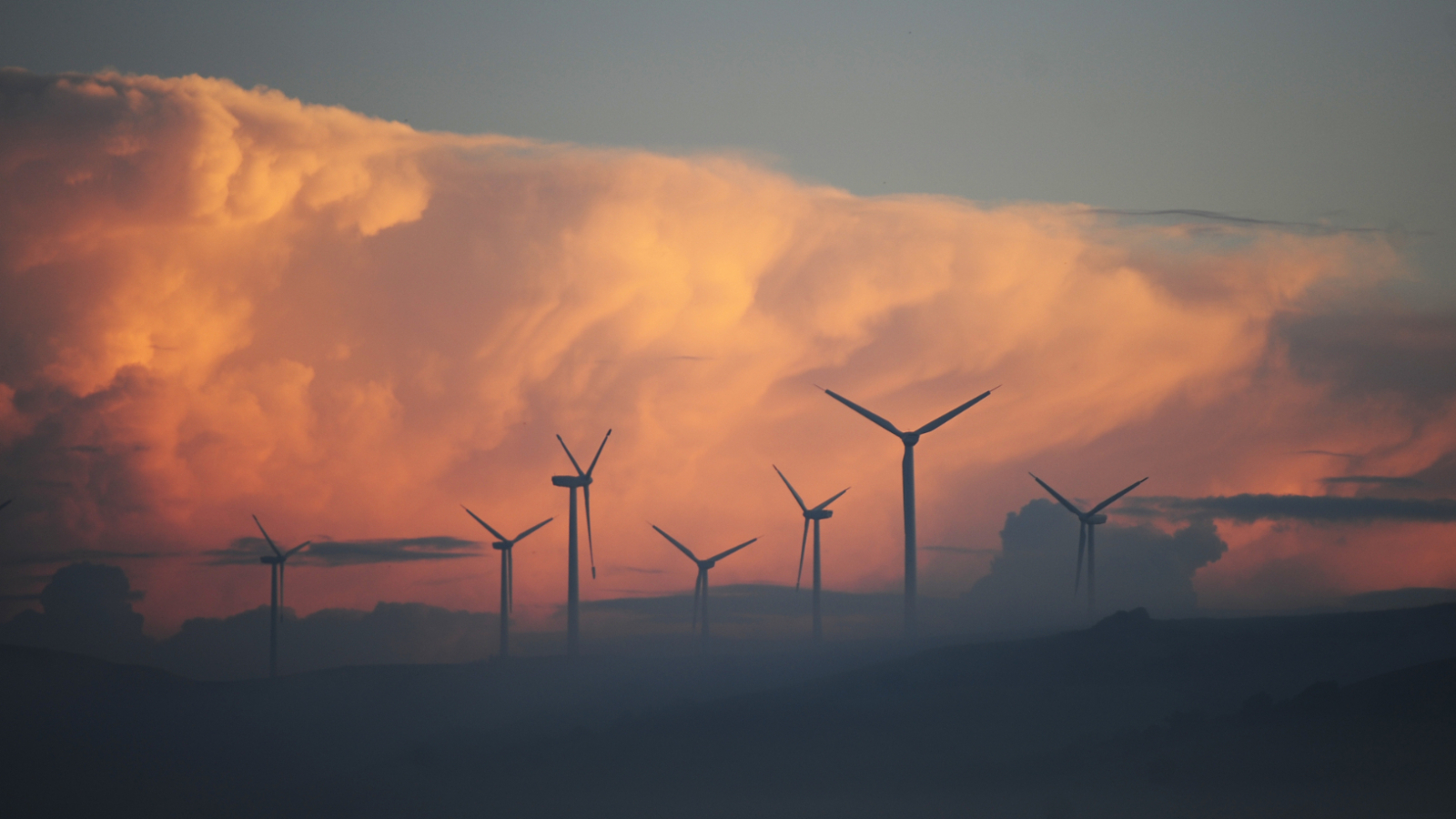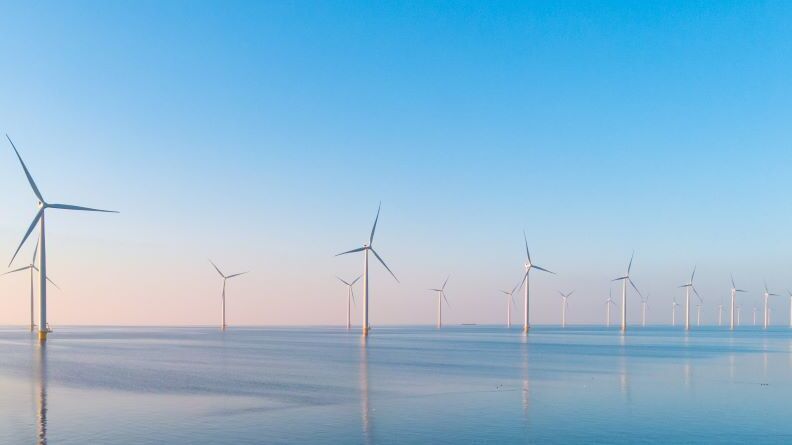
COP27: Bankable renewable energy projects lacking in Africa
Perceptions of risk and a lack of attractive opportunities are preventing capital from reaching renewable energy projects in Africa, a COP27 panel has found.
There is considerable underinvestment in African renewable energy projects compared with other regions, a COP27 panel found, with opinions split about tackling the issue.
At the Financing the Clean Energy Transition panel session at COP27, panellists discussed the challenges in funding enough renewable energy projects to meet net-zero targets.
Ahmed Badr, director at the International Renewable Energy Agency (IRENA), said 257 GW of renewable energy capacity was added in 2021, accounting for a high proportion of new electricity generating capacity, which was “absolutely fine, but not enough at all”.
He said 90% of all decarbonisation by 2050 will involve renewable energy through low-cost power, efficiency, electrification, bioenergy with carbon capture and storage, and green hydrogen.
However, Africa has experienced significant underinvestment in renewable energy over the past two decades compared with other regions, Badr noted.
He said: “Africa has a lot of the [renewable energy] sources: solar, wind, hydro, geothermal, you name it. But from 2000 until 2020, it attracted only 2% of $55bn in global renewable investments. And 75% of that was concentrated in four countries, in South Africa, Kenya, Egypt, and Morocco.”
But panellists highlighted the challenges in attracting capital to these projects.
I’m a big believer that when people say that money isn’t coming to a certain part of the world, there is a good reason and that there aren’t enough bankable projects.
Lack of bankable projects
Vivek Pathak, director and global head of climate business at the International Finance Corporation (IFC), said one reason for the lack of renewable energy investment in developing countries might be the lack of attractive opportunities.
He said: “I’m a big believer that when people say that money isn’t coming to a certain part of the world, there is a good reason and there aren’t enough bankable projects.
“Capital is going to flow to countries where there are projects; it cannot go to countries where there aren’t any.”
Some countries may also find it difficult to access capital because of their credit ratings, forcing investors and governments to come up with new ways to finance projects, he suggested.
“Global capital doesn’t want to take more risk; that’s my frustration. They [global capital providers] want a certain risk profile.”
Pathak said if investors want a certain risk profile or want to de-risk, they should invest in Europe or North America.
The IFC director added: “We need to develop domestic financial markets; that is absolutely essential. We need to stop this reliance on money coming from overseas. It will come, but by the time it does, it will be too late.”
Iain Elder, partner at international law firm DLA Piper, said there was no lack of appetite for renewable energy, but governments must structure projects “correctly” to attract capital.
“It begins with governments helping with that structure and getting it right. Early investor engagement is critical: working out what governments are trying to achieve and what is necessary to create investor appetite and having a meeting of minds,” he said.
Lower-cost renewables
Veronica Scotti, public sector solutions at insurer Swiss Re, said most countries were now making big commitments to renewable energy, which should lead to more incentives and decrease the cost of renewable energy.
“In most markets, we already have lower-cost renewable energy for fossil fuel equivalents,” she said.
“And with the energy crisis that has come upon us with the invasion of Ukraine, we have an opportunity and historical moment for acceleration in the renewable energy space.”
The increase in renewable energy output in 2021 was equivalent to Japan’s entire energy output that year, highlighting the scale and speed at which new production can be brought online.
Scotti said: “We have also come to realise that this is an energy system transition, not just an energy production system, which means we need modern grids and need to think downstream.
“By lowering the cost of energy, we are accelerating [adoption of] electric vehicles and enabling green hydrogen. These are all value chains that will develop much faster when the input price reduces.”



